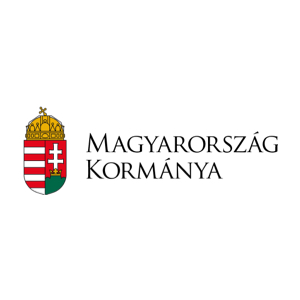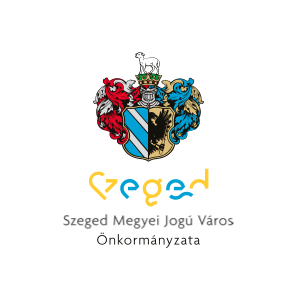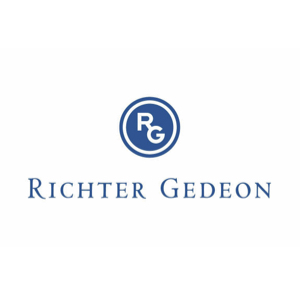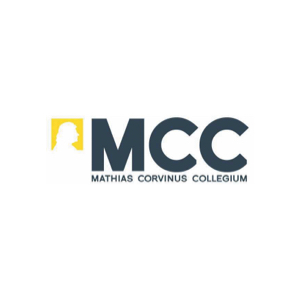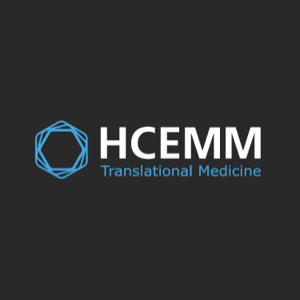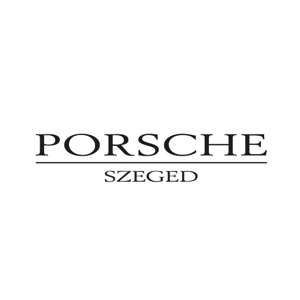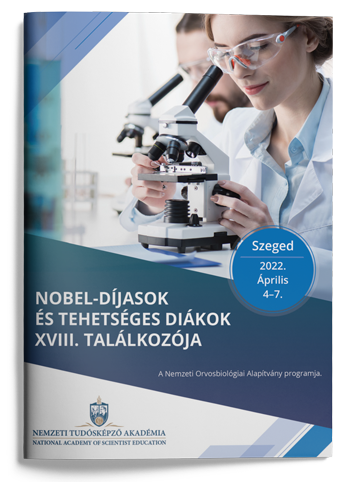GUESTS OF HONOR
Meet the Nobel Prize winners of the conference!
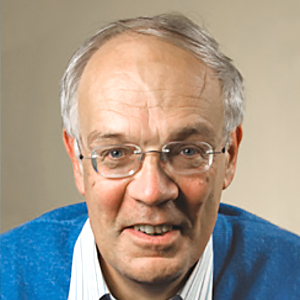
Bert Sakmann
Nobel Prize-winning German physiologist
Bert Sakmann won the Nobel Prize in Medicine for his discoveries on the function of individual ion channels in cells and for the development of the patch clamp measurement technique. He received the prize together with German physiologist Erwin Neher in 1991.

Erwin Neher
German Nobel Prize Laureate biophysicist
German biophysicist Erwin Neher was awarded the Nobel Prize in Medicine, together with Bert Sakmann, for discovering the function of ion channels in cells and for the development of the patch clamp measurement technique in
1991.
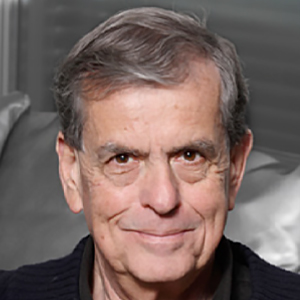
Aaron Ciechanover
Nobel Laureate Israeli biologist
Aaron Ciechanover won the Nobel Prize shared with Dr. Avram Hershko and Dr. Irwin A. Rose in Chemistry in
2004 for characterizing the method that cells use to degrade and recycle proteins using ubiquitin.
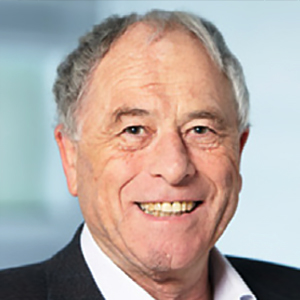
Kurt Wüthrich
Swiss Nobel Prize Laureate chemist/biophysicist
Kurt Wüthrich is a Swiss chemist/biophysicist and Nobel Chemistry laureate, known for developing nuclear magnetic resonance (NMR) methods for studying biological macromolecules.
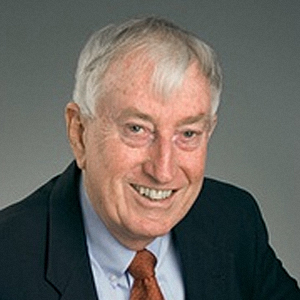
Peter Doherty
Nobel Prize-winning Australian veterinarian, immunologist
In 1996, Peter Charles Doherty and Rolf M. Zinkernagel were awarded the Nobel Prize in Medicine for their discovery of how the immune system’s T cells recognize viruses and bacteria.
SPEAKERS
Meet the conference speakers!
Invited speakers

Aaron Ciechanover
Nobel Laureate Israeli biologist
The road for cure of a disease necessitates solving major bioethical problems: lessons learnt from the COVID-19 pandemic
5 April 2022. 08:40-09:15
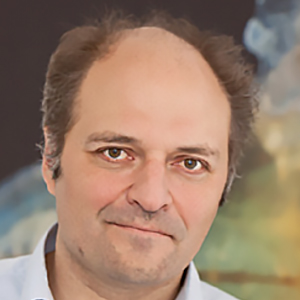
Michael Brecht
German neurobiologist
The Biology of Grasping in Elephants
5 April 2022. 10:30-10:50
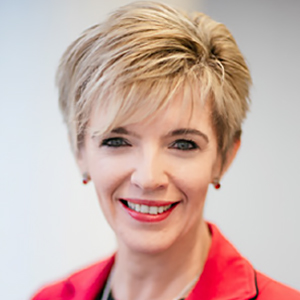
Zsuzsanna Helyes
Hungarian neuropharmacologist
Targeting neuroinflammation and cytokine signaling could provide novel therapies in Complex Regional Pain Syndrome
5 April 2022. 10:50-11:10
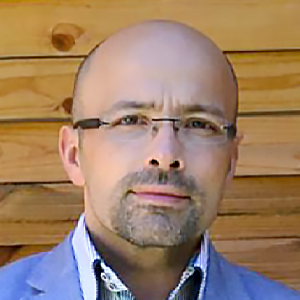
Péter Hegyi
Program Director of NTA
Introduction of the National Academy of Scientist Education Program
5 April 2022. 11:10-11:30

Tamás Röszer
Hungarian medical biologist, academic researcher and university lecturer
Introduction of the Secondary School Training Program of the National Academy of Scientist Education
5 April 2022. 11:30-11:45

Kurt Wüthrich
Swiss Nobel Prize Laureate chemist/biophysicist
The Molecules of Life: DNA, RNA, Proteins – History Placed in Perspective
5 April 2022. 17:10-18:00

Erwin Neher
German Nobel Prize Laureate biophysicist
Dynamic Priming of Synaptic Vesicles: Consequences for Short-term Plasticity and Heterogeneity among Synapses
6 April 2022. 08:40-09:15

Arthur Konnerth
German Brain-Prize laureate neuroscientist
Dysfunction of neurons and circuits in Alzheimer’s disease
6 April 2022. 10:30-10:50
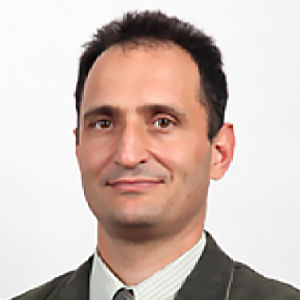
Zoltán Nusser
Hungarian veterinarian, biologist, neurobiologist
Diverse synapses: what can the postsynaptic cell tell the presynaptic axon?
6 April 2022. 10:50-11:10

Christiaan de Kock
Dutch neuroscientist
’doing science is fun’
6 April 2022. 11:10-11:30
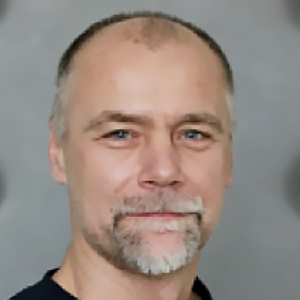
Gábor Tamás
Hungarian neuroscientist, professor of biology at the University of Szeged
Similarities and differences of human and rodent neocortical synapses, neurons and networks
6 April 2022. 11:30-11:50
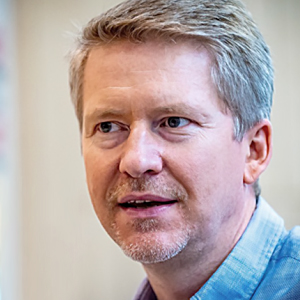
Gábor Nyiri
Hungarian neuroscientist
Brainstem control of fear memory
6 April 2022. 11:50-12:10
Szent-Györgyi Pupil of the Year 2022
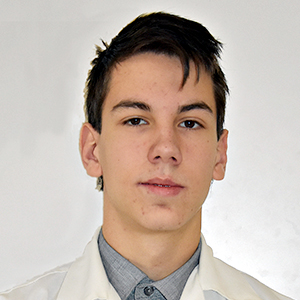
Lemaitre Lucien
Science for a better life – at home and in medication
5 April 2022. 11:45-12:00
In 2021/22 I have been carrying out scientific research in two different fields. On the one hand, participating the International Chemistry Tournament (IChTo), a prototype ‘fail-safe’ system for certain household cleaning agents, that could possibly be a danger source, has been elaborated. The significance of both the topic and my results is, that these chemicals could be securely applicable beside an irresponsible utilisation as well.
Furthermore, through the systematization of the obstacles that have arisen during the examination of various systems, several household chemicals can be characterized considering different aspects. At the same time, it also provides the opportunity for further development.
On the other hand, I have been investigating the field of coordination chemistry in the Bioinorganic Chemistry Research Group, led by Dr. Tamás Gajda at the Department of Inorganic and Analytical Chemistry at the University of Szeged. Metal containing drugs, including especially platina metals are applied in the clinical practice for tumour therapy. For instance, rhodium complexes, examined by me, proved to have an outstanding effect beside ruthenium complexes on certain types of carcinomas. During my investigations one such rhodium halfsandwich complex was examined, hence for the utilization as a potential anticarcinogenic medicine, it is indispensable to carry out further research related to the interaction of the metal ion and the different molecular species found in blood plasma.
Winners of the Talent Prize 2022
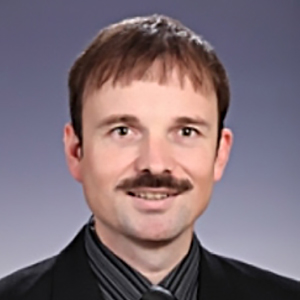
Attila Tóth
Hungarian biologist
Gains and losses upon improving cardiac contractility
7 April 2022. 10:30-10:55
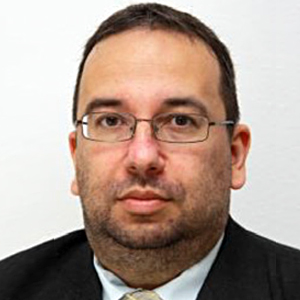
Norbert Kovács
Hungarian neurologist
Save what can be saved by deep brain stimulation
7 April 2022. 10:55-11:20
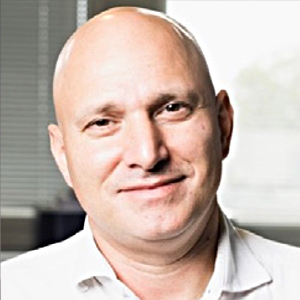
Ádám Dénes
Hungarian neurologist
Compartment-specific modulation of neuronal and vascular responses by microglia
7 April 2022. 12:00-12:25
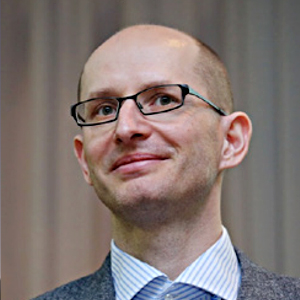
Gábor Juhász
Hungarian biologist
Canonical and non-canonical roles of autophagy genes
7 April 2022. 12:25-12:50
LABORATORIES
Laboratory practices
4 April 2022. (Monday)
13:00-19:00
Radnóti Miklós Experimental High School
TOPIC:
Examination of tissue sections by light microscope
On the microscopic histopathology we will explore a new world with a lot of interesting and mysterious facts. Everyone is looking at the same thing yet seeing different things. So how is it? We explore the differences between normal and pathological sections, infer disease from section images, look at what makes a tissue animal, human or plant. Experience how technology can push the boundaries of our senses.
VENUE:
Radnóti Miklós Experimental High School, TERMOSZ laboratory
(Szeged, Tisza Lajos krt. 6-8.)
NUMBER OF PARTICIPANTS:
30 persons per session
Department of Medical Chemistry
TOPIC:
Protein determination with biuret reagent
Proteins are macromolecules with diverse functions and are the building blocks of life. Their precise quantification is a common research task. Among spectrophotometric methods, students will perform the Biuret method. Copper(II) ions form a violet-coloured complex with peptide bonds in the protein chain in alkaline medium. The intensity of the detected colour is proportional to the concentration of peptide bonds.
VENUE:
Department of Medical Chemistry, Student Laboratories
(Szeged, Korányi Fasor 9.)
NUMBER OF PARTICIPANTS:
15-18 persons per session
SZTE Practical High School
TOPIC – 1.:
Basics of fruit fly genetics
Fruit fly has been the subject of genetic studies for over 100 years. In recent decades, the hereditary background of a significant proportion of human diseases has been modelled and investigated using fruit fly experiments. After a short introduction to the fundamental principles of muslicogenetics, some morphological observations are presented as stereomicroscopic exercises and simple, measurement-counting-based investigations of the behaviour of different fruit fly mutants.
TOPIC – 2.:
Introduction and practice in the use of automatic pipettes
Automatic pipette is an essential tool for modern biochemical and molecular biology experiments and laboratory work.In order to ensure a smooth implementation of the common exercise on the second day of the conference, all students will be familiarised with the use of this instrument.
VENUE:
SZTE Practical High School, SzeReTeD laboratory
(Szeged, Szentháromság utca 2., main staircase, 3rd floor)
NUMBER OF PARTICIPANTS:
24-28 persons per session
Németh László High School and Primary School
TOPIC – 1.:
Introduction to the anatomy of domestic fowl
Dissection exercise in groups of 3-4 persons.
TOPIC – 2.:
Understanding the electrical activity of the heart
Classical ECG, WIWE (mobile ECG) in practice, teacher: Edit Csaláné Böngyik.
TOPIC – 3.:
Determination of protein content by spectrophotometry
All three sessions include demonstration and testing of the use of the automatic pipette and teaching the children how to apply the sample to the gel.
VENUE:
Németh László High School and Primary School, Gyulai József Natural Science Workshop
(Hódmezővásárhely, Németh László utca 16.)
NUMBER OF PARTICIPANTS:
20 persons per session
5 April 2022. (Tuesday)
Simultaneous Hands-on Experiment for High School Students
Evidence Based Medicine Cas Study: Person-Centred Therapy of COVID patients
Personalized treatment is an advancement in modern medicine that is important for high school students to learn, as well. During the simultaneous practical experiment students will discover different patient-situations and give recommendation for their treatment based on a study by Polish researchers. In addition, efforts will be made to elucidate the inheritance pattern of the used gene mutation in collaboration with other students. The solutions will be recorded electronically.

Eva-Maria Neher
German biochemist
5 April 2022. 17:00-18:30
Pedagogy session
Guest of honor
Szeged Rally
Getting to know the city of Szeged – program for the Szent-Györgyi Pupils and their teachers
Naming ceremony
Naming ceremony of Bert Sakmann College
The guest of honor of the meeting will be Dr. Bert Sakmann, German cell physiologist, who was awarded the Nobel Prize for Physiology or Medicine for his discoveries in the operation of individual ion channels in cells and for the development of patch clamp measurement techniques together with Erwin Neher German physiologist in 1991.
He has played a significant role in the establishment of the Szeged Scientists Academy (SZSA) since 2012. He has been the Director General of Education at the SZSA since 2016 and has remained in this position since its transformation into the National Academy of Scientist Education in 2021.
In recent years, he has attended a number of conferences (Meeting of Nobel Laureates and talented students) in person or (since the beginning of the pandemic) online. He was available to high school students attending the event in both professional and personal matters, and he also placed special emphasis on contact with the undergraduate students participating in the program.
This led to the decision of the management of the Academy to name the College of the National Academy of Scientist Education to be established in Szeged after Bert Sakmann.
The college was purchased by the Foundation in October 2021 and is expected to be handed over to students at the beginning of the 2022/23 school year following minor renovations. Therefore, the main program element of the spring conference will be the handover of the college and the naming ceremony, which will of course be attended by Bert Sakmann.
PARTICIPANTS
The number of participating Szent-Györgyi Pupils

SPONSORS
